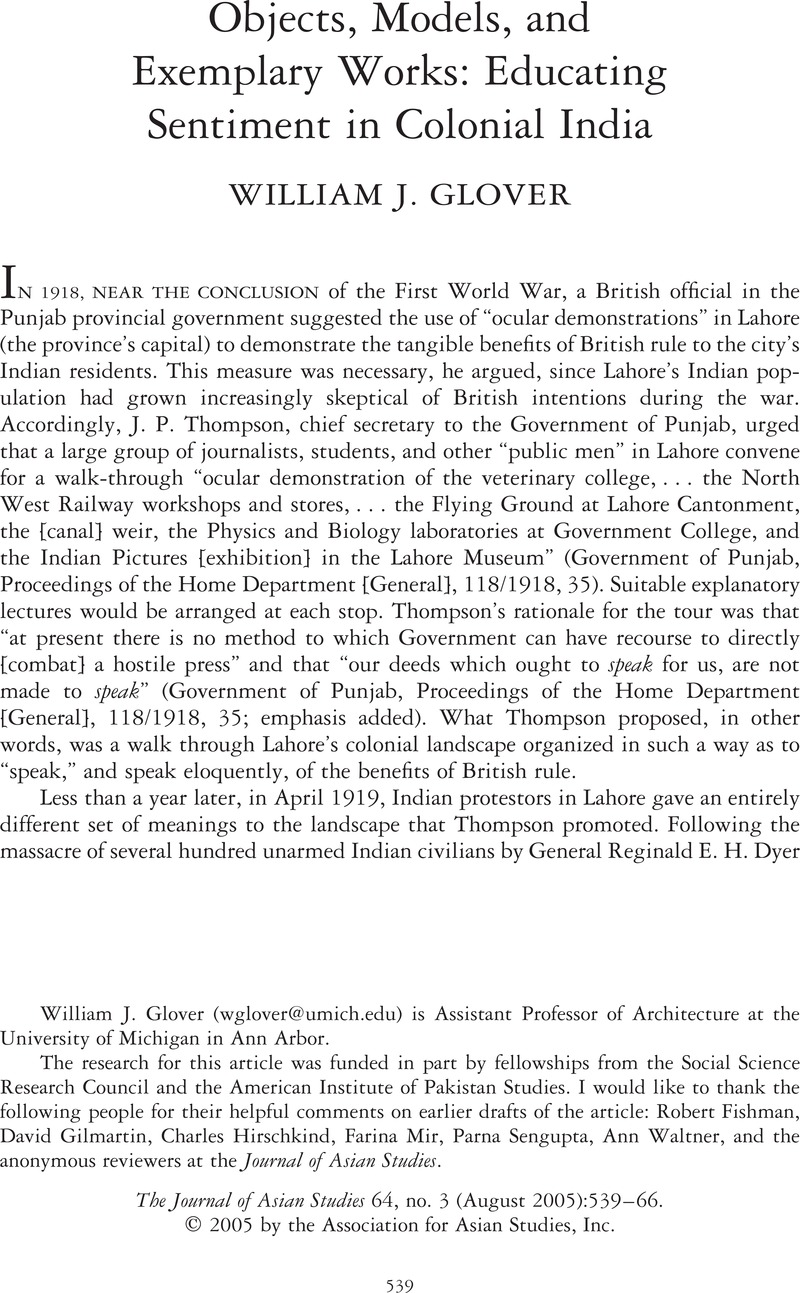Crossref Citations
This article has been cited by the following publications. This list is generated based on data provided by Crossref.
Balachandran, Sanchita
2007.
Object Lessons: The Politics of Preservation and Museum Building in Western China in the Early Twentieth Century.
International Journal of Cultural Property,
Vol. 14,
Issue. 01,
GREEN, NILE
2008.
Breathing in India, c. 1890.
Modern Asian Studies,
Vol. 42,
Issue. 2-3,
p.
283.
GLOVER, WILLIAM J.
2012.
The troubled passage from ‘village communities’ to planned new town developments in mid-twentieth-century South Asia.
Urban History,
Vol. 39,
Issue. 1,
p.
108.
Khan, Razak
2015.
The Social Production of Space and Emotions in South Asia.
Journal of the Economic and Social History of the Orient,
Vol. 58,
Issue. 5,
p.
611.
Stock, Jacob L.
and
Chusid, Jeffrey M.
2020.
Urbanizing India’s frontier: Sriganganagar and canal-town planning on the Indus plains.
Planning Perspectives,
Vol. 35,
Issue. 2,
p.
253.
Rehman, Nida
2020.
Primary Materials.
Comparative Studies of South Asia, Africa and the Middle East,
Vol. 40,
Issue. 3,
p.
565.



